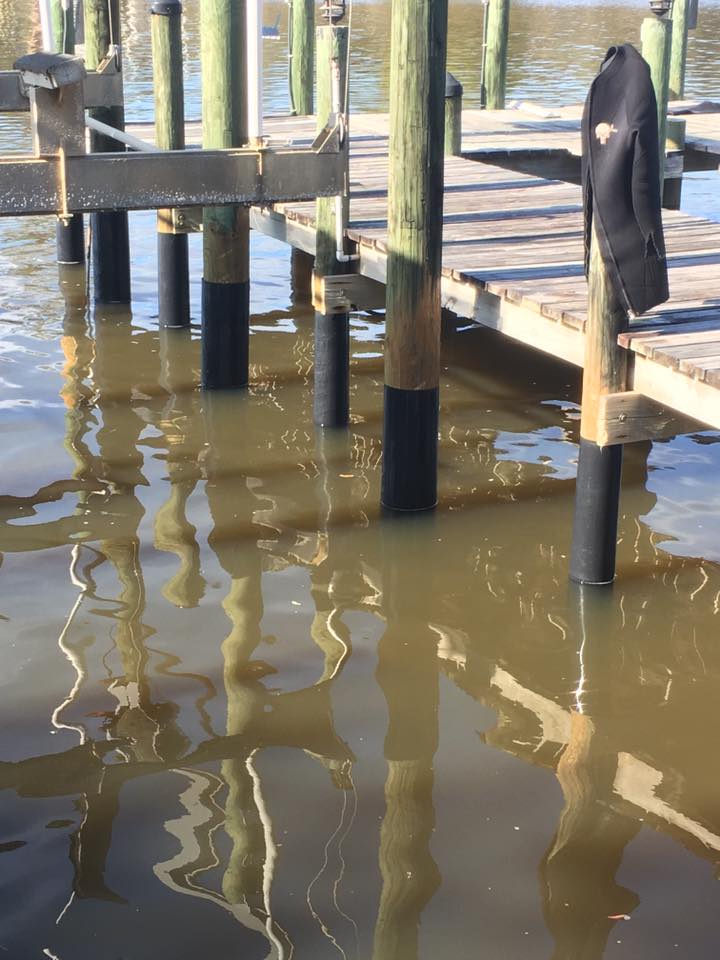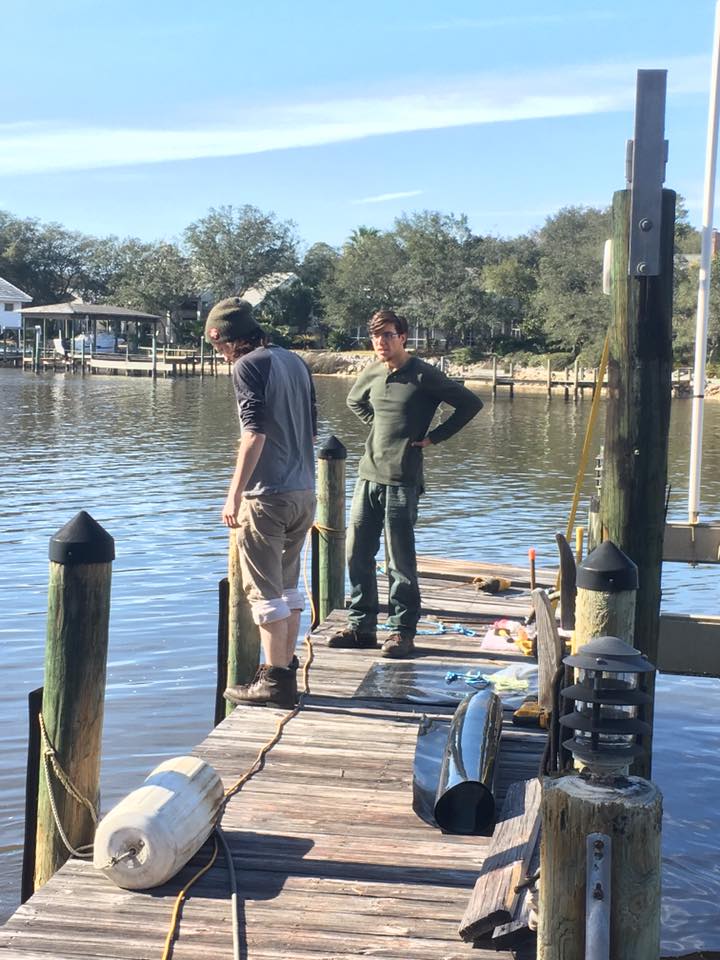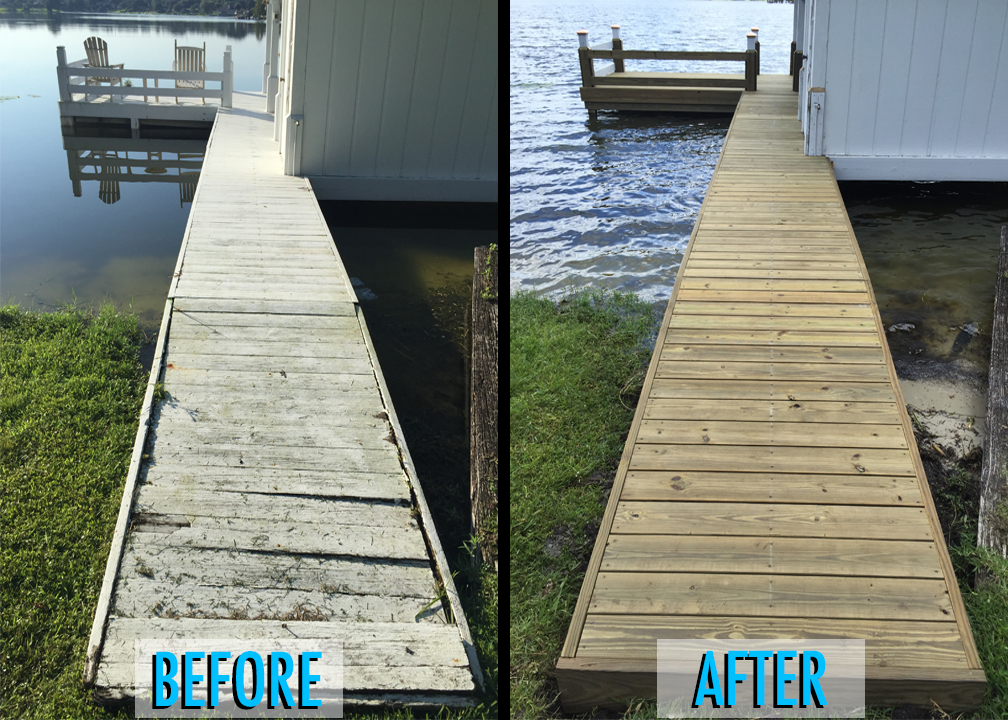How to Choose the Right Solution for Your Dock Repairs
How to Choose the Right Solution for Your Dock Repairs
Blog Article
Efficient Dock Repair Techniques: Ensuring Architectural Honesty
Ensuring the architectural stability of docks through reliable repair methods is paramount for the durability and safety and security of marine centers. Subsequently, choosing the right repair service materials, such as corrosion-resistant alloys and composite products, is critical for toughness.
Evaluating Dock Damages
Examining dock damages is a crucial first step in guaranteeing the architectural stability and security of any type of docking facility. Key aspects to analyze include the dock's foundation, pilings, outdoor decking, and equipment (Dock Repairs).
Architectural designers or qualified inspectors commonly execute these analyses utilizing specialized tools and techniques. Underwater inspections could utilize sonar tools or from another location ran automobiles (ROVs) to discover submerged damage. Above water, aesthetic assessments are enhanced by utilizing moisture meters and various other diagnostic devices to discover underlying issues not instantly visible to the nude eye.

Finding Repair Service Products
Choosing the proper repair service products is a critical action in the dock repair procedure, one that straight affects the long life and efficiency of the fixed framework. Product choice need to be driven by elements such as environmental conditions, load-bearing requirements, and compatibility with existing dock components. For instance, wood is a conventional choice for docks due to its all-natural strength and visual charm. Nevertheless, choosing the best kind of timber, such as pressure-treated lumber or normally rot-resistant species like cedar or teak wood, is crucial to withstand marine settings.
In addition to timber, composite materials are significantly popular as a result of their toughness and low upkeep requirements. Compounds, usually made from a mix of plastic and wood fibers, supply outstanding resistance to rot, pests, and UV damages. For metal docks, selecting corrosion-resistant alloys such as galvanized steel or marine-grade aluminum is vital to avoid corrosion and ensure structural honesty in saline water conditions.
Epoxy materials and marine-grade sealants are vital for repairing fractures and securing joints, giving a waterproof barrier and improving the dock's total strength. By carefully choosing top notch products, dock repairs can accomplish resilient outcomes, thereby protecting against future deterioration and making sure secure, reliable use.
Structural Reinforcement Methods
Reliable architectural support techniques are crucial in guaranteeing the stability and durability of dock repair services. This approach is particularly effective for anchors revealed to hefty loads or harsh environmental conditions.
Another important technique is the application of fiber-reinforced polymers (FRP) These materials offer high strength-to-weight proportions and superb resistance to corrosion, making them excellent for reinforcing wooden or concrete anchors. FRP can be used in sheets or strips and adhered with epoxy materials to enhance architectural integrity.
Supporting and anchoring systems additionally play a vital role in structural support. Cross-bracing, making use of metal or wooden beams, can counteract side forces, lowering swaying and activity. Anchoring systems, such as helical piers or driven stacks, offer a steady structure by transferring lots to deeper, extra stable dirt layers.
Lastly, the assimilation of load-distribution plates can help disperse weight more equally across the dock's surface area, mitigating local stress points. These strategies collectively make sure that anchors stay durable and safe, capable of withstanding the rigors of their functional environment.
Advanced Repair Service Approaches

Another advanced technique Find Out More involves undersea welding, which permits for repairs to be performed without the demand to dewater the location. This approach is especially helpful for attending to architectural problems in immersed dock elements, guaranteeing minimal disruption to procedures. Boosted welding methods, combined with robotic systems, deliver accuracy and dependability, therefore expanding the life expectancy of the dock.
Additionally, cathodic protection systems are applied to stop rust in metallic dock frameworks. By utilizing sacrificial anodes or amazed existing systems, these methods efficiently mitigate the electrochemical procedures that result in material degeneration.
Finally, advanced surveillance technologies, such as architectural wellness tracking (SHM) systems, give real-time information on the condition of dock frameworks. These systems allow proactive upkeep and timely treatments, eventually continue reading this guaranteeing the long-term structural integrity of the dock.
Maintenance and Prevention
Maintenance and avoidance are essential concepts that underpin the durability and safety of dock frameworks. Regular examinations are critical, permitting very early discovery of deterioration, possible weaknesses, and ecological impacts. An aggressive method, entailing routine look for corrosion, rot, and architectural shifts, alleviates costly repair work and lengthens the dock's functional life.
Safety nets must consist of using protective finishes to steel components to guard versus rust and making use of treated wood to withstand degeneration. Additionally, guaranteeing appropriate water drainage and air flow can prevent water build-up, which is a typical reason for architectural destruction. Incorporating quality materials and adhering to producer standards throughout building and construction and fixing phases also play essential functions in improving toughness.

Training personnel in dock upkeep discover this finest practices ensures regular application of safety nets. Leveraging technological breakthroughs, such as drones for assessments and sensors for real-time monitoring, can better improve maintenance efforts. By focusing on maintenance and avoidance, dock proprietors can guarantee architectural stability, operational safety and security, and economical management over the dock's life-span.
Verdict
In verdict, maintaining the structural stability of aquatic centers necessitates extensive dock fixing strategies. Advanced repair work strategies, paired with regular maintenance methods, make certain the dock remains secure and functional under varied ecological conditions.
Making sure the architectural integrity of docks via effective repair work methods is extremely important for the longevity and safety of marine centers.Choosing the proper repair service products is a crucial step in the dock remediation procedure, one that straight affects the long life and performance of the repaired structure.Efficient structural support methods are essential in ensuring the stability and durability of dock repair services. By prioritizing upkeep and avoidance, dock proprietors can make certain architectural honesty, functional security, and economical monitoring over the dock's life-span.
In verdict, keeping the architectural stability of marine centers requires extensive dock repair work methods.
Report this page